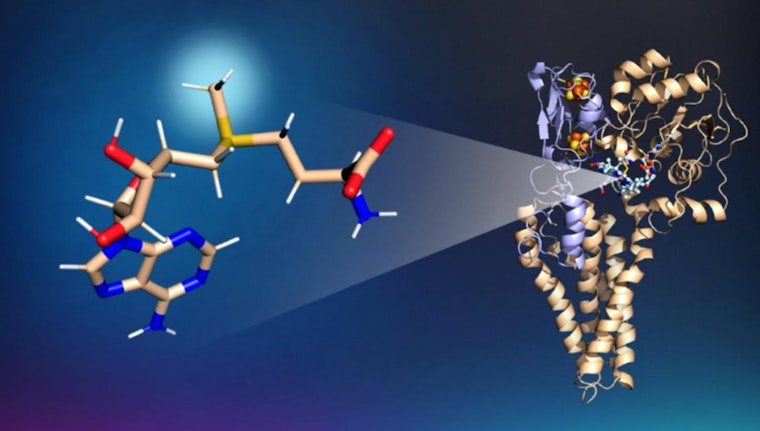Addressing the environmental concerns of mercury pollution, researchers have made a pivotal discovery in understanding how the toxic form of mercury, methylmercury, is produced. According to a recent announcement from Oak Ridge National Laboratory (ORNL), a molecule known as S-adenosylmethionine has been identified as the main “donor” in the microbial conversion of inorganic mercury to the more dangerous methylmercury. This discovery, achieved in collaboration with the University of Michigan, presents an opportunity to potentially hinder the formation of this neurotoxin before it begins.
Methylmercury poses serious health risks, especially known for contributing to birth defects and neurological impairments in humans. Its capacity to accumulate in the food chain, making it difficult to extract from natural water systems, adds an alarming aspect to its presence. Scientists at ORNL and the University of Michigan are working towards an ambitious goal: preventing the initial formation of methylmercury altogether.ORNL’s websiteinforms that the work conducted by the researchers hinges on past discovery of two genes responsible for methylmercury generation identified back in 2013.
“The project provides key insights into how bacteria produce methylmercury, as well as a protocol to study the proteins and mechanisms involved,” ORNL s Alex Johs remarked, underscoring the significance of these recent advances. The collaborative research effort has provided more than just an identification of a vital molecule; it has laid the groundwork for a comprehensive model of the proteins responsible for the formation of methylmercury, according toORNL’s report.
With a better understanding of the biological causes of mercury pollution, scientists hope to develop strategies to break the harmful cycle. The findings could lead to environmental models and preventive measures that protect both human health and ecosystems.
Note: Thank you for visiting our website! We strive to keep you informed with the latest updates based on expected timelines, although please note that we are not affiliated with any official bodies. Our team is committed to ensuring accuracy and transparency in our reporting, verifying all information before publication. We aim to bring you reliable news, and if you have any questions or concerns about our content, feel free to reach out to us via email. We appreciate your trust and support!



Leave a Reply